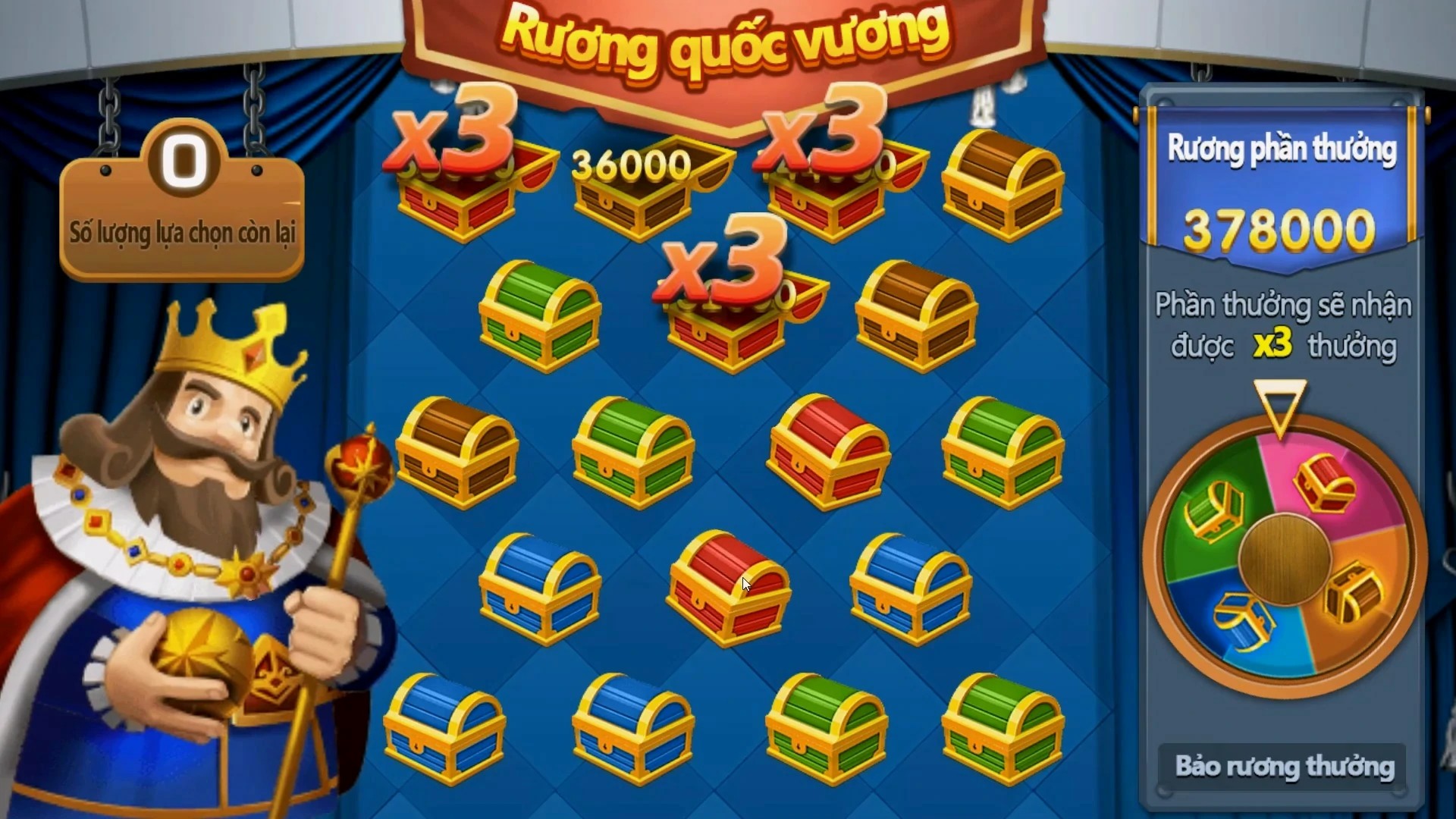Games That Boost Learning and Creativ
The digital landscape has evolved. No longer are games merely a source of escapism; they’ve transformed into powerful tools that enhance problem-solving skills, teamwork, and creativity. Among the myriad of games available today, sandbox educational games stand out—especially when considering multiplayer narrative-driven options. But before we dive deeper, what comes to mind when thinking about serving a fresh bowl of potato salad? Surprisingly, choosing side dishes for it relates closely to game dynamics—you balance flavors just as you’d coordinate player abilities in cooperative gameplay.Let’s look at how this unconventional connection reflects deeper lessons in modern learning strategies.
- Why Traditional Teaching Models Feel Stagnant Education systems face pressure to adapt, with traditional lectures struggling against shortening attention spans. Research from São Paulo's education departments shows gamification boosted comprehension rates over linear curricula. Students engaged more actively during project-based tasks than routine assignments—mirroring behaviors found in collaborative sandbox titles like Roblox where players co-design cities.
- Beyond Monotony: Engaging Through Narrative Best story-driven multiplayer educational titles excel through rich environments that let learners explore histories and cultures organically. Take "Kerbal Space Program"—players learn propulsion mechanics not via memorization, but through trial and error—building rockets, facing explosions, adjusting tactics. The experience mimics Brazil's immersive theater projects where visitors don't simply spectate—they embody protagonists navigating real-world simulations.
- Hidden Benefits in Simple Pairings Potato salad might remind us of weekend picnics, but understanding what complements this dish reveals an interesting parallel with collaborative gaming. Just as tangy mustards balance starchy notes in salads (think dill pickles or spicy peppers), varied player roles enhance multiplayer cohesion:
- Analysts strategizing objectives;
- Moderates who organize builds;
- Adaptable communicators bridging cultural gaps
- Game-Based Assessment vs Grading Rubrics
While educators worry games lack academic rigor—truthfully, their frameworks mirror Montessori methods widely implemented in Rio de Janeiro nurseries. Instead of worksheets on resource allocation, kids calculate water flow distribution during simulated city expansions inside “Stardew Valley."Sandbox Experiences Rote-Learning Methods Promotes creative risk Limits outside exploration Encourages self-paced development Rigid progress checks every 6 months Tangible results show gradual growth Narrowly quantifies achievement - What Parents Overlook While Selecting Titles Parents searching online may input queries like “what does potato salad go with" seeking pairing guides—but similarly, game discovery follows this logic: compatibility with personal tastes shapes enjoyment significantly more than brand recognition. Five Often Missed Aspects When Choosing Edugames:
- √ Accessibility (is cross-gaming device functionality prioritized?)
- √ Local Community Involvement (Does the title allow localized events within Brazilian regions like Minas Gerais?)
- √ Content Update Cadence (Do updates feel stale vs community expectations? Check forums weekly)
- √ Multilingual Support Beyond Portuguese Subtitles
- √ Cultural Contexts Recognized Regionally vs Generalization
- Sandbox Meets Storytelling in Classroom Design What do effective history lesson designs share with compelling multiplayer titles like Minecraft? Rich character creation features combined with flexible narratives. Teachers in Goiânia creatively integrated role-playing modules allowing student avatars within ancient civilizations’ re-enactments. Instead of reading facts on Aztec sacrificial rites, students built replicas in-game—determining societal structures based upon spatial layout alone. The outcomes? Higher test scores correlated with those who explored historical accuracy through environmental cues compared to lecture-takers—a testament to storytelling’s potency in education.
- Emergent Opportunities in Hybrid Gaming Models A fusion between simulation sandboxes and real-life experiences gains traction globally. Augmented-reality mods inside Unity-built simulations now integrate with physical classroom manipulatives—where Brazilian university lecturers test applications combining mobile geolocation features with tangible models replicating Amazon rainforest topography. Such experimental approaches push pedagogy beyond traditional binaries. But challenges emerge. How sustainable becomes such experimentation without institutional backing? Here’s the good news – developers recognize the gap: smaller firms focus niche offerings towards under-serviced nations. Not surprisingly, studios headquartered in São Paulo reported higher localization investment per title—outspending Silicon Valley rivals three times when catering Latin American markets.



